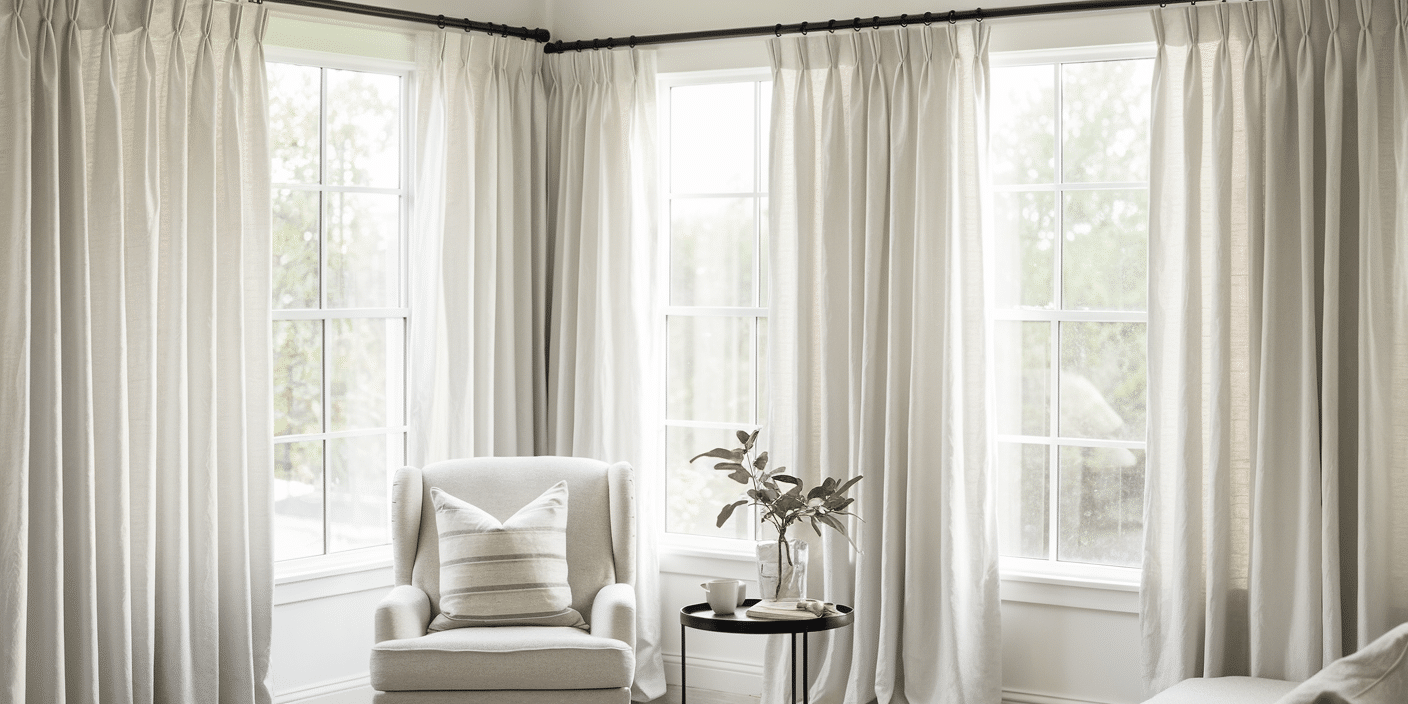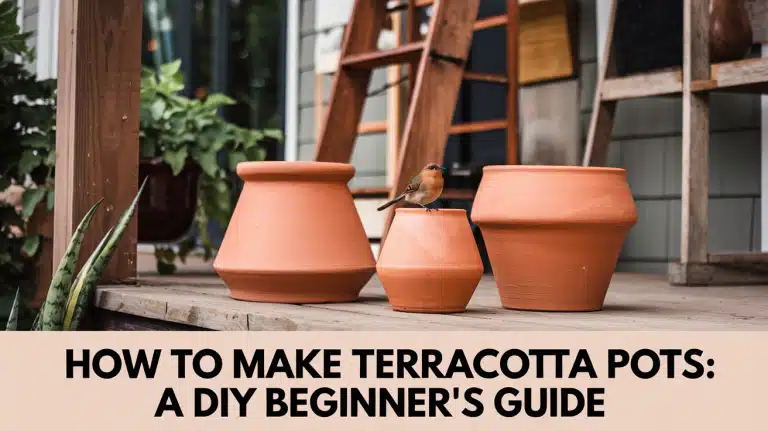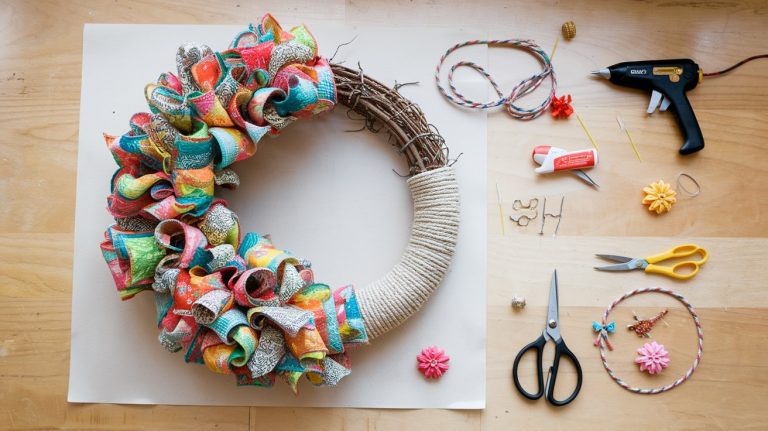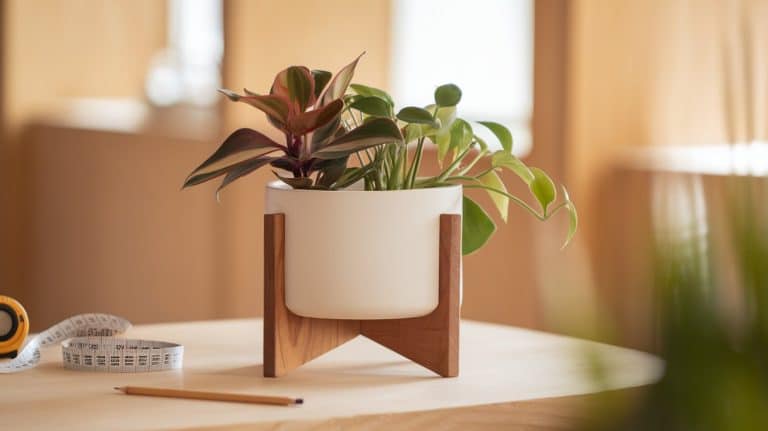DIY Pinch Pleat Curtains: Easy Instructions
Home decorating costs can add up fast, especially with custom window treatments. Store-bought pinch pleat curtains often cost hundreds of dollars.
But what if you could make your own for a fraction of the price? With basic sewing skills and a few hours of time, you can create custom pinch pleat curtains that look store-bought.
Making your own curtains allows you to pick exact fabrics, colors, and sizes to match your home. Plus, you’ll feel satisfied knowing you created something useful and attractive.
This guide walks you through each step to make pinch pleat curtains. From measuring windows to the final hanging, you’ll learn all the techniques needed to complete this simple home project. Follow along and transform your windows today.
Why You Should Consider Making Your Pinch Pleat Curtains?
Making your pinch pleat curtains can save you money. Store-bought options often cost $200-500 per window, while DIY versions might cost $50-100 for the same look.
1. Choose exactly what you want: Pick fabrics that match your room’s colors and style perfectly. No more settling for “close enough” from limited store options.
2. Get the perfect fit: Custom-made curtains fit your windows exactly. No more too-short or too-wide panels that don’t look right.
3. Feel proud of your work: There’s real joy in looking at your windows and thinking, “I made those.” Visitors will ask where you bought such nice curtains.
4. Learn useful skills: Making curtains teaches basic sewing and design skills you can use for other home projects.
Step-by-Step Instructions: Pinch Pleat Curtains
Tools & Materials Required
| Category | Item | Details/Description |
|---|---|---|
| Fabric | Linen or linen-blend fabric | 50″ wide or wider for best results |
| Sewing Machine | Basic model | Suitable for straight stitching |
| Pleater Tape | 3″ strip | Openings every 1.5″ for hook insertion |
| Pleater Hooks | Four-pronged hooks | Used to create evenly spaced pleats |
| Thread | Matching color | Matches fabric for a seamless finish |
| Sewing Supplies | Fabric shears/scissors | For precise cutting |
| Straight pins | To secure fabric while sewing | |
| Needle (for hand stitching) | For finishing touches or adjustments | |
| Measuring tape | Ensures accurate measurements | |
| Iron & ironing board | To press fabric and pleats | |
| Curtain Rods | Already installed | Required for hanging finished curtains |
Step 1: Prepare Your Fabric
-
Pre-wash and dry fabric to avoid shrinkage.
-
Iron or steam to remove wrinkles.
-
Cut the fabric to length, adding 4 inches for the bottom hem.
-
If using multiple panels, sew them together and press the seam flat.
Step 2: Hem the Sides
-
Fold edges over ¼-½ inch, iron, and fold again to hide raw edges.
-
Pin in place and sew a straight line along the folded edge.
Step 3: Create the Top Header
-
Fold the top edge down ¼-½ inch, iron, and fold again about 4 inches.
-
Pin the folded edge and sew along the bottom of the fold.
Step 4: Attach the Pleater Tape
-
Position pleater tape ½ inch from the top edge with open tabs facing down.
-
Pin and sew along the top and bottom edges of the tape.
Step 5: Insert the Hooks
-
Turn the fabric so the top edge is facing you.
-
Insert the first hook in the second slot.
-
Gather fabric by inserting the hook through 4 consecutive slots.
-
Skip 5 slots and repeat until the end.
Step 6: Create Finished Pleats
-
Hang curtains to check length.
-
Pinch pleats at 6-6.5 inches from the top.
-
Pin and hand-stitch each pleat to secure shape.
Step 7: Hem the Bottom
-
Hang curtains and pin bottom to the desired length.
-
Iron and create a 4-inch hem.
-
Machine stitch for a visible seam or hand stitch for an invisible finish.
Step 8: Final Hanging and Adjustments
-
Iron the curtains.
-
Hang and adjust pleats as needed.
-
Use a steamer to remove any remaining wrinkles.
Pro Tips for Success
-
Extra Fabric: Pleats can reduce width by 50%, buy extra fabric.
-
Seam Placement: Align the center seam to hide it within a pleat.
-
Tack Down Pleats: Hand stitch pleats for a cleaner, structured look.
-
Test Length: Always check length before final hemming.
-
Polish with a Steamer: Ensure a crisp, professional finish.
For a visual tutorial, refer to this video by Fletcher Creek Cottage
Common Mistakes to Avoid
- Wrong measurements can ruin your project: Always measure twice before cutting. Add extra width for pleating—fabric can shrink up to 50% when pleated.
- Hook placement matters: Make sure hooks face the right direction and are spaced evenly. Mixing up the pattern makes uneven pleats that look messy.
- Not all fabrics pleat well: Heavy fabrics don’t fold neatly. Medium-weight linen or cotton blends work best for clean pleats.
- Skipping pre-washing is a big error: Linen can shrink after washing. Pre-wash your fabric to avoid too-short curtains later.
- Rushing through hemming shows: Take time with your hems. Straight, even hems make the difference between homemade-looking and store-quality curtains.
How to Maintain and Care for Your Pinch Pleat Curtains
- Wash in cold water with mild soap and air dry to prevent shrinkage.
- Remove hooks before washing to protect both the fabric and your washing machine.
- Reshape and pin pleats while damp for best shape retention.
- Use a steamer on hanging curtains for quick touch-ups between washes.
- Re-tack loose pleats with simple hand stitches to maintain their crisp look.
Troubleshooting Tips for Pinch Pleat Curtains
Fixing Uneven Pleats or Sagging Fabric
- Lay the curtains flat and spray them lightly with water to make the fabric more workable.
- Re-pin pleats at equal distances and heights, then hand-stitch loose areas.
- Iron or steam is used after fixing to set the new shape permanently.
Adjusting Hooks for Smoother Hanging
- Check that all hooks sit at the same height and are fully inserted in pleater tape.
- Bend hooks slightly to adjust how far curtains sit from the wall when needed.
- Space hooks evenly across the panel for consistent fullness and drape.
Handling Fabric Shrinkage After Washing
- Let out some of the side or bottom hem if you need extra width or length.
- Space pleats slightly closer together to help compensate for width loss.
- Always pre-wash fabric before making new curtains to prevent future shrinkage.
Here’s a brief conclusion for your blog post about DIY pinch pleat curtains:
Conclusion
Making your own pinch pleat curtains brings many benefits. You save money, get exact sizes for your windows, and choose fabrics that match your home perfectly. This project needs only basic sewing skills and a few simple tools.
The steps we shared help you create curtains that look store-bought but cost much less. With proper care, these curtains will last for years. When issues come up, our troubleshooting tips offer quick fixes.
Don’t let the idea of sewing your own curtains scare you away. The process is simpler than you might think. Start with one window and see how you feel. Soon, you might want to make curtains for every room in your home.
What window will you start with first?















